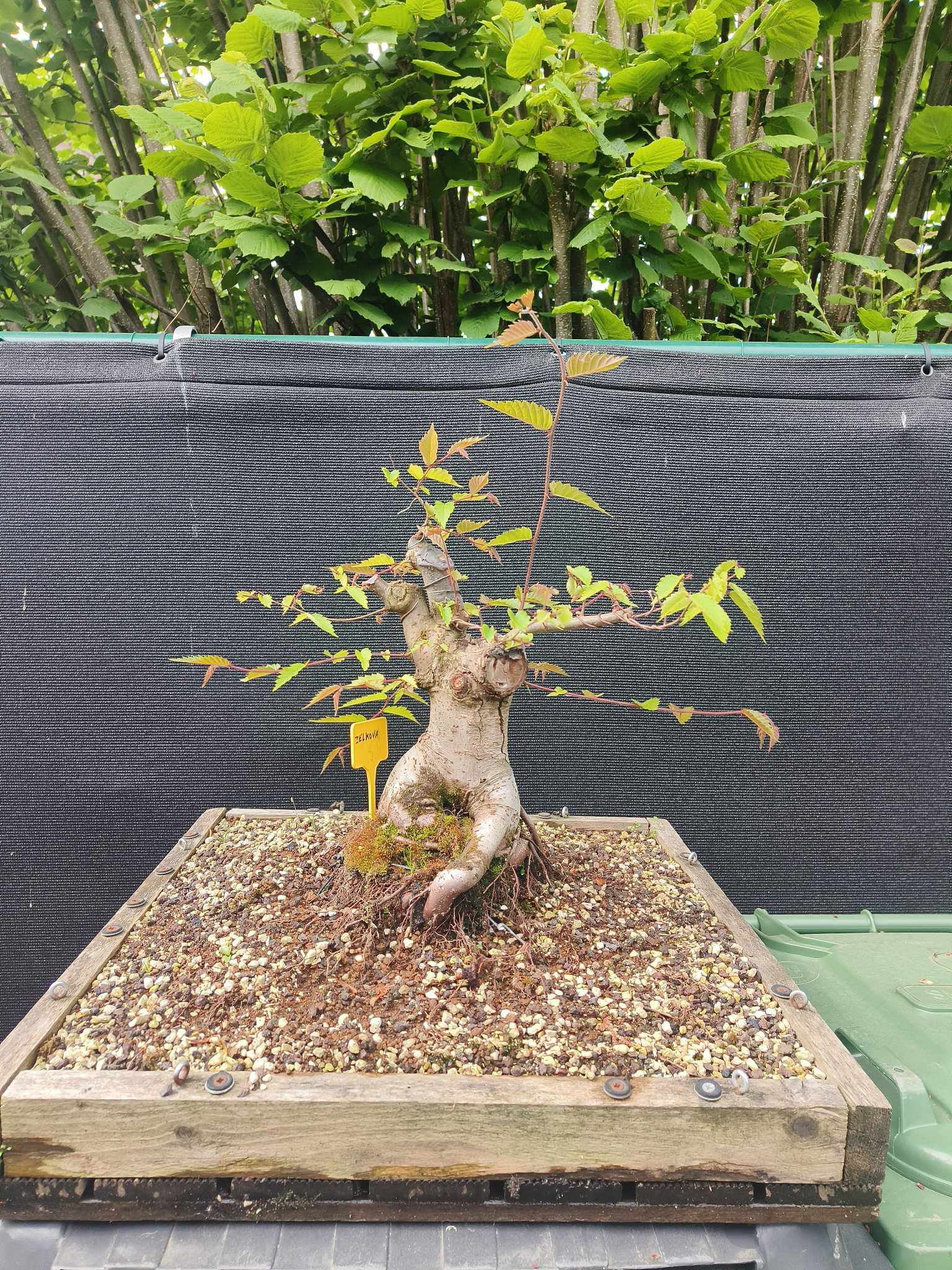
Looking for a hobby that brings peace and connects you with nature? Then bonsai might be perfect for you. A bonsai is more than just a plant – it's a living work of art that you shape and care for yourself. In this blog, you'll discover how to start your very first bonsai safely and responsibly, with a focus on outdoor bonsai.
What is bonsai?
Bonsai (literally: “tree in a pot”) is an ancient Japanese art form in which trees are cultivated in miniature. The goal is to replicate a mature tree, but on a small scale. This requires attention, patience, and a love for greenery – and that's what makes it so rewarding.
Part 1: Outdoor Bonsai
Choose the Right Species
For outdoor bonsai, it’s best to use hardy, sun-loving species:
- Conifers (Pinus, Juniperus, Picea)
- Deciduous trees (Ulmus parvifolia, Acer palmatum, Betula)
- Alternatives: Chaenomeles, Prunus, Quercus
1. Placement and Light
- At least 4–6 hours of direct sunlight per day for compact growth.
- Use shade netting to protect from intense midday sun if needed.
- Elevate your bonsai on a stand for better air circulation.
2. Soil and Pot
- Drainage: Use a mix of akadama, lava rock, and pine bark.
- Pot selection: Young trees need space for root development; older bonsai can be styled in shallow pots.
- Shallow trays dry out faster – water more frequently.
3. Watering and Humidity
- Check in the morning and evening; water thoroughly until it drains out.
- Mist the foliage regularly to maintain high humidity.
- Remove excess water from trays to prevent root rot.
4. Fertilizing and Pruning
- Fertilize every 4–6 weeks during the growing season (spring to early autumn) with a balanced NPK fertilizer.
- Stop fertilizing at the start of the dormant period (November).
- Prune regularly to maintain shape and miniature structure.
5. Repotting and Roots
- Repot every 2–5 years in early spring.
- Trim roots to about one-third and remove old roots.
- Replace all soil for young trees; mix in fresh substrate for older ones.
6. Wintering and Protection
- Protect hardy species from frost and strong winds with mulch or insulation panels.
- Place vulnerable species in a cold frame or frost-free shelter.
7. Pest and Disease Prevention
- Check weekly for aphids, spider mites, and fungus; remove infected parts.
- Ensure good airflow by not placing bonsai against walls.
- Use organic treatments like insecticidal soap or neem oil.
Start Today
Whether you choose an outdoor bonsai or another type, always start with the right species and a strong foundation. In our shop, you'll find a wide selection for outdoor bonsai, including pots and substrate.
Got questions or want personal advice? Feel free to stop by or get in touch – we’re happy to help you get started!
